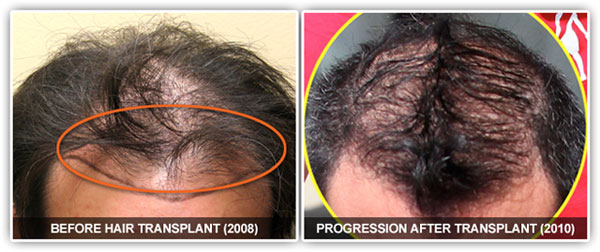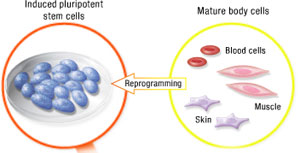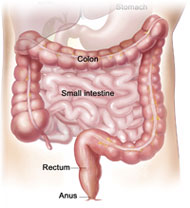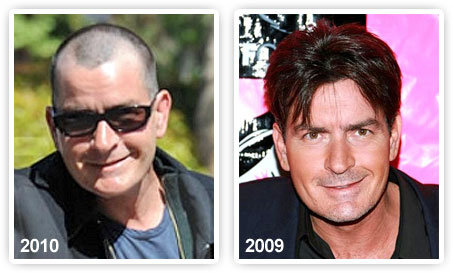Doctors,
I love the site and am a big fan but I’ve recently seen something troubling regarding a famous patient of yours. I admit to watching that Jon and Kate Plus 8 show (my wife liked it) and I saw the episode of Jon getting the hair transplant. I’ve been losing hair for years and I was intrigued, so I researched it and I came across your work and found this site.
After seeing your posts about Jon Gosselin’s great looking hair transplant I was almost considering a flight to LA but now I see this new photo of Jon and I’m quite nervous about it. So my question is, why does Jon Gosselin’s hair look like crap now after his hair transplant? Was it a problem with the transplant or just nature taking its course?
Here’s the photo
 We actually addressed Jon Gosselin’s hair loss back in December, but I’ll give it another try. If you follow this site, you should be well aware that my overriding point is that hair loss is progressive with no cure, and although medication might slow the loss down, it won’t stop it forever. A hair transplant procedure is an option, but it does not bring back the hairs you lost. Hair transplants work by rearranging your small area of permanent hair (from the back of your scalp) to a big area where you are balding. With any sense of logic it is clear that you can never have full original hair density.
We actually addressed Jon Gosselin’s hair loss back in December, but I’ll give it another try. If you follow this site, you should be well aware that my overriding point is that hair loss is progressive with no cure, and although medication might slow the loss down, it won’t stop it forever. A hair transplant procedure is an option, but it does not bring back the hairs you lost. Hair transplants work by rearranging your small area of permanent hair (from the back of your scalp) to a big area where you are balding. With any sense of logic it is clear that you can never have full original hair density.
We rearranged Jon’s hair to the front to give him a non-balding frame to his face. He was well aware that he would continue to lose his original (non-transplanted) hair and that he may need further hair transplant surgery. He was advised at that time to take Propecia to slow this process down. Keep in mind that the hairs we transplanted are still there (even in harsh direct sun light), but the natural progression did occur. Here’s a side-by-side of the pre-surgical hairline (the area that was transplanted is circled) with the “faux-hawk” style in the photo you sent:

I have no clue if Jon took Propecia, used minoxidil, or just let nature take its course… but it appears that he’s not done much to treat his hair loss beyond the televised hair transplant. I agree that his hair doesn’t look as good as it did even last year, but in the end, Jon will continue to lose his hair in the areas where we didn’t transplant any grafts. It is not my place to critique his choice in hairstyles or force him to come in for a follow-up with me. If he elects to have another session of transplants to extend the work further back in the areas where he is clearly losing more hair, that is his choice to make.



Paid advertisements (not an endorsement):

 In general, you need about 15% of your original hair density to achieve the appearance of non-balding if you have an average hair density. Please note that this will give you a non-balding look (somewhere between a Class 2 and 3 pattern), but not the complete original density. Moreover it is NOT all about the numbers. Factors such as hair color, skin color, texture, etc are of great importance. For more, check out the Assessing Hair Loss page at the NHI site (scroll down to “How Much Hair Do I Need?”).
In general, you need about 15% of your original hair density to achieve the appearance of non-balding if you have an average hair density. Please note that this will give you a non-balding look (somewhere between a Class 2 and 3 pattern), but not the complete original density. Moreover it is NOT all about the numbers. Factors such as hair color, skin color, texture, etc are of great importance. For more, check out the Assessing Hair Loss page at the NHI site (scroll down to “How Much Hair Do I Need?”).
 We actually
We actually 

 The most recent issue of Scientific American has a wonderful review of the stem cell opportunities and updates on what is going on in an article titled “Your Inner Healers”. I will try to summarize this article for those of you who do not have access to this publication…
The most recent issue of Scientific American has a wonderful review of the stem cell opportunities and updates on what is going on in an article titled “Your Inner Healers”. I will try to summarize this article for those of you who do not have access to this publication… And if that link requires you to login, try this article at
And if that link requires you to login, try this article at 